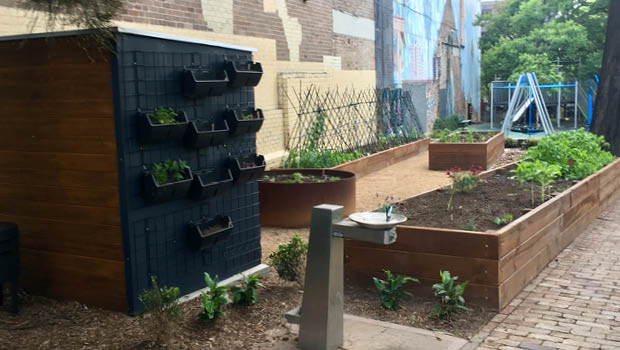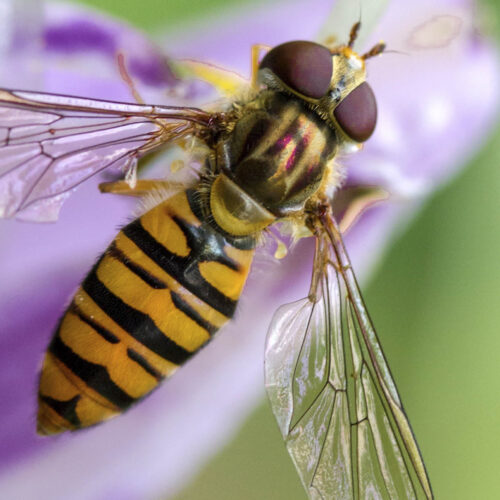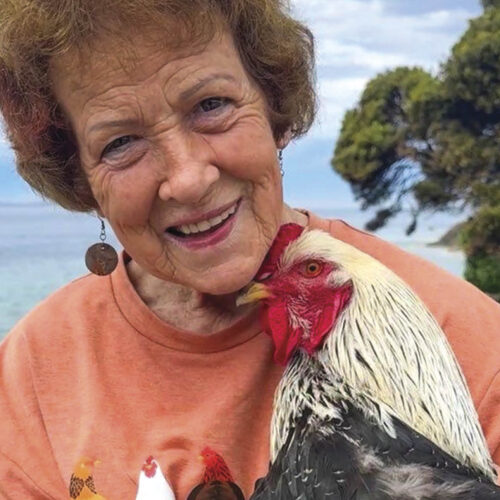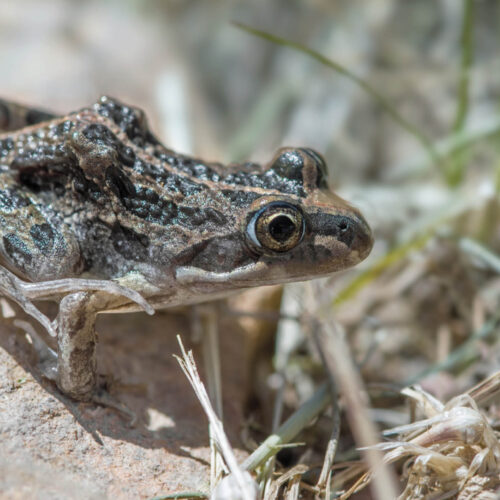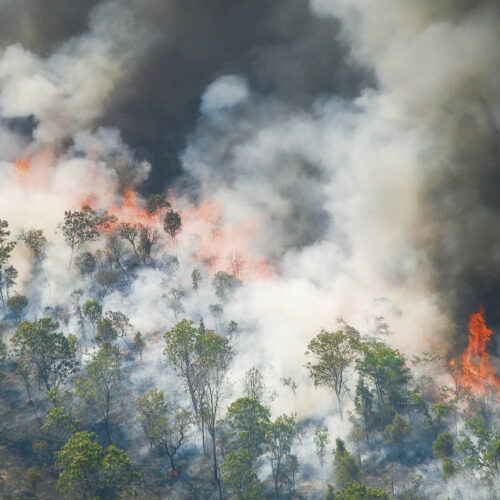Growing a community garden
2021-02-11T01:10:39+11:00
After five years of waiting and with high-rise developments closing in, residents living in Sydney’s inner-city suburb of Redfern are growing organic food in a local park the council has promised to make chemical-free. Malcolm McGuire writes.
I live in Redfern, an area important to and synonymous with Aboriginal people. Not least because of the Redfern Park speech in 1992, which redefined Australia’s attitudes to its indigenous people. Redfern stands on Gadigal land.
When the City of Sydney council decided to modernise the children’s playground in Reconciliation Park a group of local residents, myself included, suggested that a small, unused section would make an ideal community garden. Council agreed in principle, told us to form a committee and produce a proposal including a management plan for its consideration. When the council finally agreed to our proposal and the Reconciliation Park Community Garden (RPCG) was born we went to work.
Planning the space
Nearby Cleveland Street is a major inner-city artery joining Sydney’s south to its west and many years of lead build-up meant raised beds with imported soil was our only real option. With only 140sqm of beds, growing vertically seemed vital and we constructed a trellis along the rear bed and a vertical garden was attached to the northeast facing wall of our shed. Our junior members are not forgotten and our brilliant-looking cast iron bed was allotted just for them. Even though our footprint is small our intention was garden organically, practice crop rotation, integrated pest management and to compost.
A community coming together
With no ongoing funding we need to raise money and do this partly by charging for membership. Holding our meetings in the local Tudor Hotel has paid dividends and proceeds from its popular Friday night meat or vegies tray raffles are often donated to our garden. We’ve organised rosters for watering and compost turning and scheduled monthly working bees and social functions. Next for us is swapping seeds with other local community gardens and really getting to understand our site. Our garden gives people a reason to come together and get to know each other.
According to RPCG president, Tracy James, community gardening’s main attraction for her is its health benefits. “I really don’t do it for the food. I mean I’m happy if I can pick a bunch of basil every now and then or some spinach or whatever is being harvested. But it’s not to replace my grocery shopping. One of the main benefits all members get is just the relaxing and calming effect of working in the garden.”
Whole of Reconciliation Park now chemical-free
We approached city of Sydney council and requested that as we were chemical-free then, as we saw it, it shouldn’t use any synthetic pesticides throughout the whole boundary of the park either. This included all footpaths, kerbs and grassed areas. As a consequence, council agreed to make the whole park chemical-free and is trialling alternative methods of weed eradication. The council’s gardening team are even removing weeds by hand.
Best thing is community itself
Most members agree that top of the many benefits of community vegetable gardening is community itself. I’m on nodding terms with most local people, now I know the names of many, can stop and chat and know we share a common interest. I’ve moved on now from being the head gardener to give someone else a turn. No doubt they will have their own ideas how to grow food organically.
Malcolm McGuire is the author of YOUR FOOD, Where food comes from and how it is produced. You can find out more about the garden via their facebook page @ReconciliationParkCommunityGarden.

